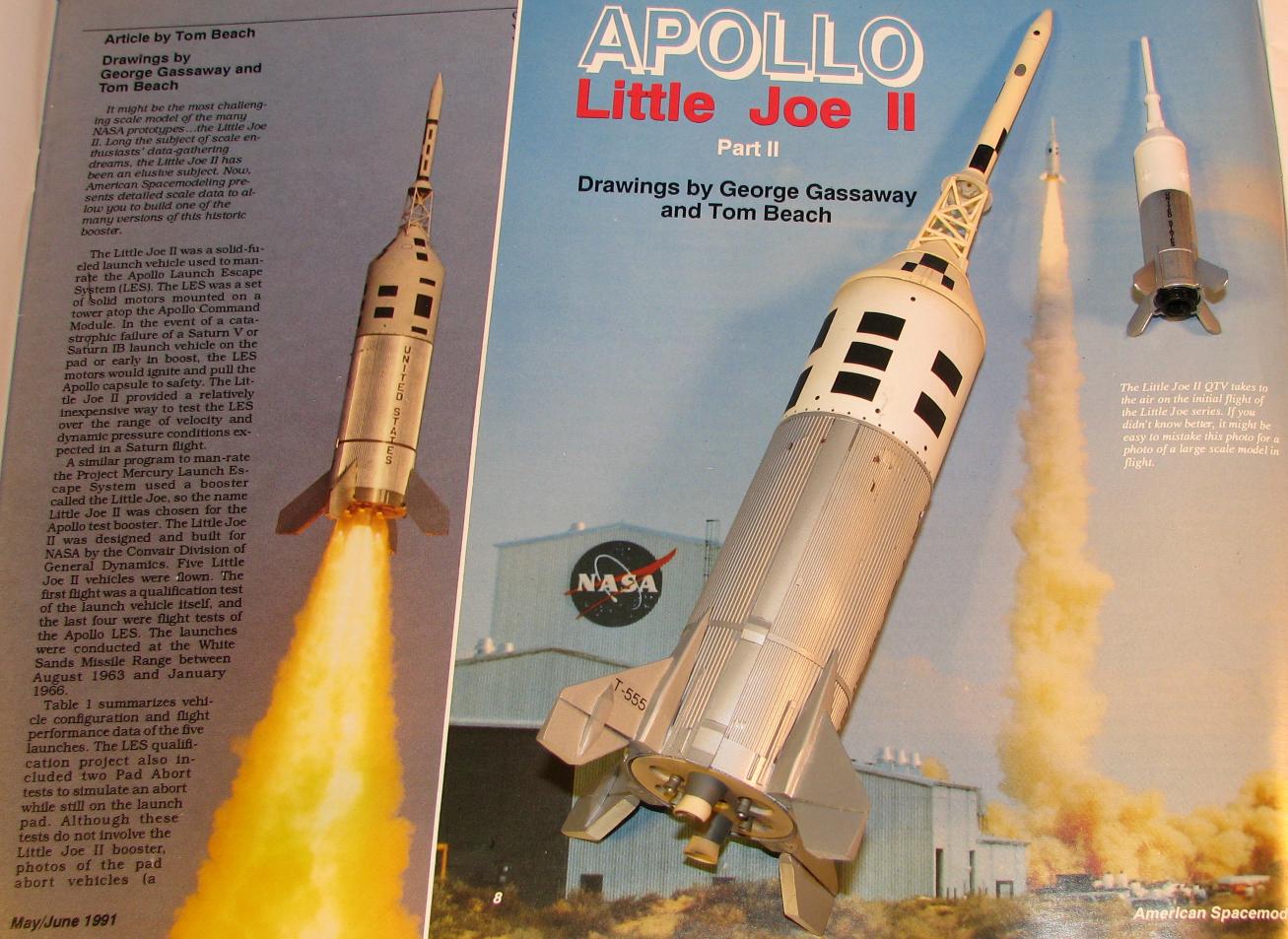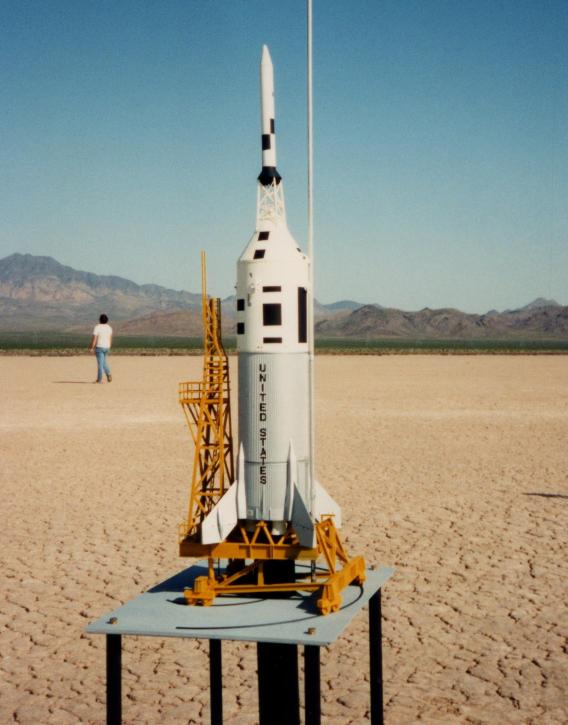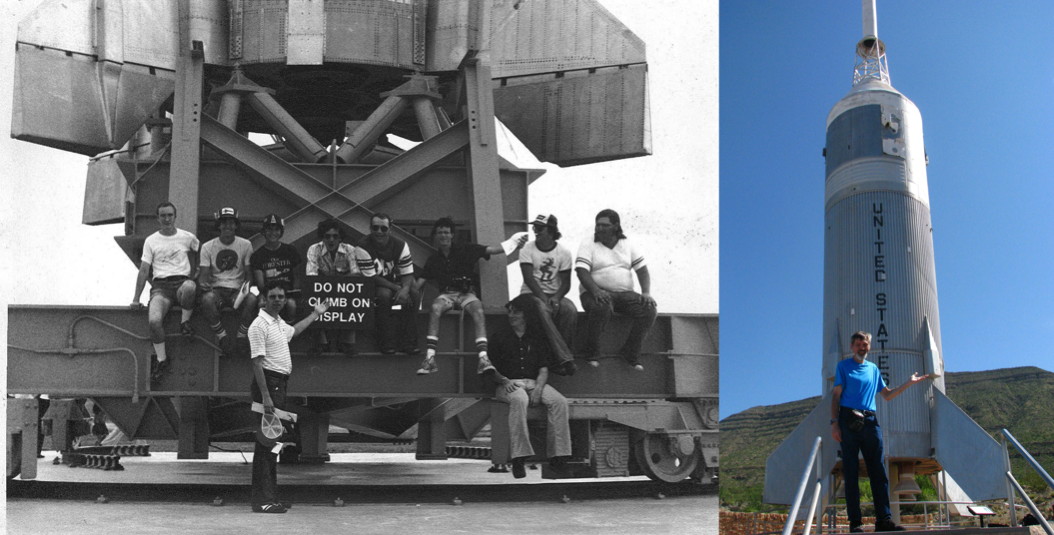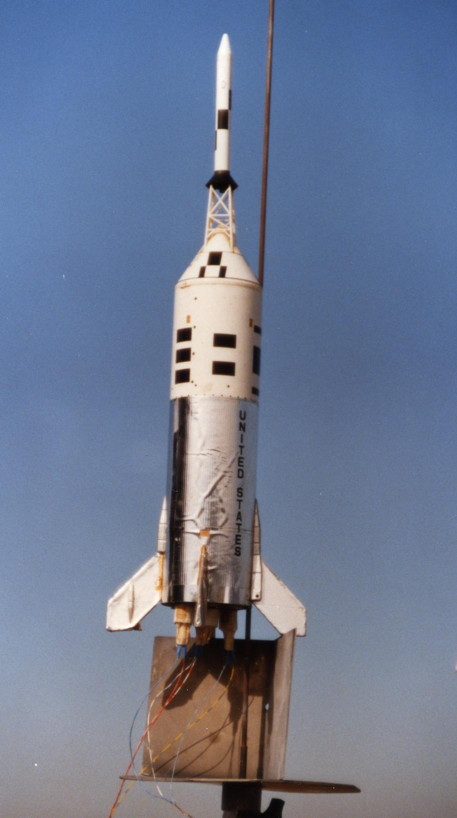- Joined
- Jan 17, 2009
- Messages
- 5,204
- Reaction score
- 1,547
Today is the 50th anniversary of the launch of the last Little Joe-II, mission A-004, flying Spacecraft SC-002 (only LJ-II to fly a real Apollo Spacecraft). A-004 is my favorite.
There is a really nice article about the 50th anniversary, mostly a review of the program, here:
https://www.drewexmachina.com/2016/01/20/the-first-launch-of-apollo-flight-hardware/

It is so neat that during this 50th anniversary, that the new Estes 1/45 Little Joe-II kit has come out in the last few days. Discussion of the kit is here: https://www.rocketryforum.com/showthread.php?129119-Estes-Announces-1-45-Little-Joe-II-!!!!
There is a lot of Little Joe-II info, drawings and photos by Tom Beach and myself, on my website:
https://georgesrockets.com/GRP/Scale/DATA/LJoeMain.htm

Here is a Youtube video, a short clip from the Command Module episode from “Moon Machines” documentary series:
[video=youtube;AqeJzItldSQ]https://www.youtube.com/watch?v=AqeJzItldSQ[/video]
Short clip of A-001 or PA-1’s Escape Rocket, from 8 to 20 seconds (had a unique roll pattern). A-003 flight from 44 seconds onwards.
- George Gassaway

Below: 1/39.5 scale model, with Super Scale pad, at NARAM-34 in 1992

There is a really nice article about the 50th anniversary, mostly a review of the program, here:
https://www.drewexmachina.com/2016/01/20/the-first-launch-of-apollo-flight-hardware/

It is so neat that during this 50th anniversary, that the new Estes 1/45 Little Joe-II kit has come out in the last few days. Discussion of the kit is here: https://www.rocketryforum.com/showthread.php?129119-Estes-Announces-1-45-Little-Joe-II-!!!!
There is a lot of Little Joe-II info, drawings and photos by Tom Beach and myself, on my website:
https://georgesrockets.com/GRP/Scale/DATA/LJoeMain.htm

Here is a Youtube video, a short clip from the Command Module episode from “Moon Machines” documentary series:
[video=youtube;AqeJzItldSQ]https://www.youtube.com/watch?v=AqeJzItldSQ[/video]
Short clip of A-001 or PA-1’s Escape Rocket, from 8 to 20 seconds (had a unique roll pattern). A-003 flight from 44 seconds onwards.
- George Gassaway

Below: 1/39.5 scale model, with Super Scale pad, at NARAM-34 in 1992

Last edited:





